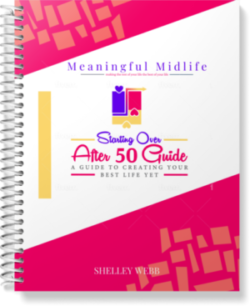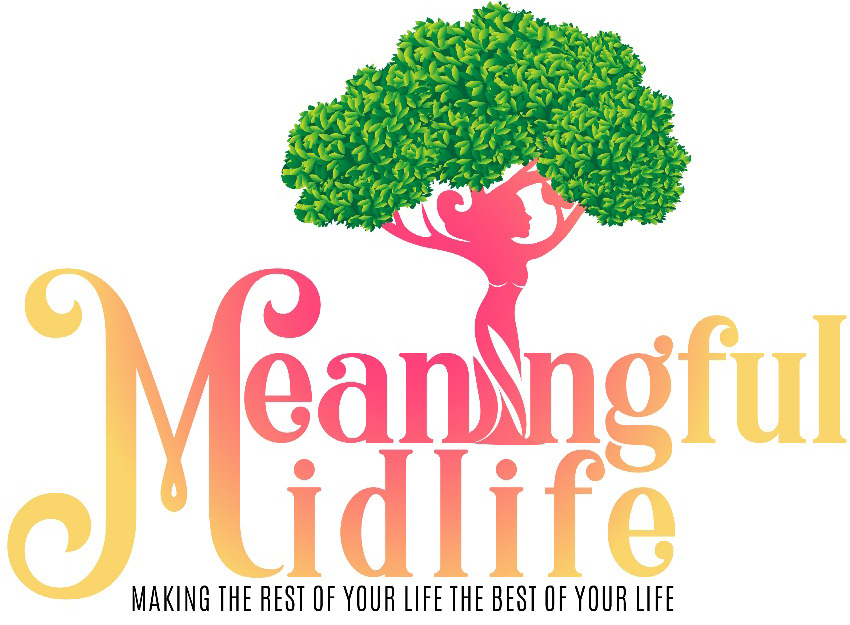Where the Heart Is: How to pay for home modifications 
By Michelle Seitzer
Aging in place (AIP) costs considerably less than assisted living care, but it’s not free.
Though funds are dwindling for many senior-related programs (Medicare, Medicaid and Social Security have all spent ample time on the chopping block lately), there are still a number of federal, state, local and private organizations that offer financial support to seniors who want to stay where the heart is.
To begin – because first you might need to sell the idea to skeptical family members, or just figure out what modifications are needed before getting the capital to do it – get to know what services and resources are offered in your home state via these helpful sites:
- Search for home repair and modification resources in your region at Eldercare.gov.
- HomeMods.org is a national information clearinghouse on all things related to home modifications. Professionals and consumers alike can peruse an extensive resource directory on the site.
- Not sure if your own home or a senior loved one’s residence is adaptable for AIP? Most are, but the WellCome Home site helps you clearly see the potential and know where to direct your energies and efforts when it’s time to transform the home.
- Download this Home Safety Checklist from Rebuilding Together, Inc. to remove fall hazards and resolve accessibility issues, many of which may be implemented without spending a dime.
Should the need arise for assistive equipment (such as power chairs or stair lifts) or home modifications (like wheelchair ramps or door-opening systems), here are a few ways to ease the burden of purchasing or installing these costly components.
Claim a deduction. Russell Glickman, a DC-based home design and remodeling expert, recommends conferring with a Certified Public Accountant (CPA) to find out whether you or a loved one is eligible to deduct the cost of home modifications on your federal income tax. You need a written recommendation from your doctor as proof that the modifications are medically necessary. Glickman also states that you can claim a deduction for the costs of operating and maintaining the modifications, whether or not the stair lift, ramp, or other equipment qualified as a medical expense. Home improvements (or capital expenses) that may be deducted per the IRS.gov are as follows:
- Constructing entrance or exit ramps for your home.
- Widening doorways at entrances or exits to your home.
- Widening or otherwise modifying hallways and interior doorways.
- Installing railings, support bars, or other modifications to bathrooms.
- Lowering or modifying kitchen cabinets and equipment.
- Moving or modifying electrical outlets and fixtures.
- Installing porch lifts and other forms of lifts (but elevators generally add value to the house).
- Modifying fire alarms, smoke detectors, and other warning systems.
- Modifying stairways.
- Adding handrails or grab bars anywhere (whether or not in bathrooms).
- Modifying hardware on doors.
- Modifying areas in front of entrance and exit doorways.
- Grading the ground to provide access to the residence.
Note: You can only itemize these deductions if the main purpose of installation is medical care for you, a spouse or dependent (modifications made for aesthetic, architectural or other personal reasons do not qualify). Permanent improvements that boost your property’s value may be partially included as a deduction; in this case, the cost of the home modification is reduced by the amount of the property value increase (whatever the difference is what your qualified medical expense to deduct will be). If the home modification does not increase your property value, you can deduct the whole cost as a medical expense.
Visit the Area Agency on Aging. Every state offers different incentives, programs, and benefits to their senior residents. The best way to learn about them all, in addition to any tax credits or federal monies available through Medicare, Medicaid (in some states, you may be able to qualify for funding via the Medicaid HCBS – home and community-based services – waiver), HUD, the VA, or the USDA that would be disbursed through the state, is at your local Area Agency on Aging. The AAA is a one-stop-shop neighborhood branch of your state’s department that handles senior care (i.e. Department of Aging, Department of Public Welfare, etc.). Go to Eldercare.gov or N4A.org to find your AAA by zip code, city or county.
Apply for grants or take advantage of state assistive technology projects to make your home wheelchair accessible. According to HomeMods.org, funding is available for this specific modification through the Department of Veteran Affairs (call 800-827-1000 or your local VA for more details) and via the United Cerebral Palsy Association (call 800-872-5827). The IRS also permits those with disabilities to claim some of these expenses as a tax deduction. Check in with the National Council on Independent Living Center (call 703-525-3406) to get local funding information and referral services.
Get a loan to add a room. If Mom is moving in and she has health needs or disabilities, you may be eligible for government funding. FannieMae offers the HomeChoice program, Home Keeper program, and the Home Equity Conversion Mortgage (get more details at http://www.efanniemae.com, or visit the local office). In Texas, New Mexico, California and Illinois, residents can apply for a Home Modifications Loan for Homeowners (with fixed interest rates and low minimum loan amounts) via Bank of America, under the “Access Loans” category. For more information, call 800-843-2632 (in CA, IL) or 800-900-9000 (in TX, NM).
Contact local foundations and non-profit organizations. Some may offer financial assistance or services referrals for those providing care for someone with disabilities or diseases like Alzheimer’s, multiple sclerosis, or rheumatoid arthritis. Easter Seals and Rebuilding Together both offer low- or no-cost community-based home modification and repair programs.
Take out a second/reverse mortgage. If you have the equity, this is a good way to secure a loan for a home modification, which, if done well, should add value to the home as more people will be seeking homes where aging in place is possible. You must be over 62 to secure funding via a reverse mortgage. (Learn more about reverse mortgages here.)
Check your insurance policies and healthcare plans. The National Association of Home Builders says that some programs – auto insurance, worker’s compensation, long term care policies (some will cover the cost of major modifications in lieu of a transition to a long-term care facility), state catastrophic accident insurance plans, and medical trust funds – might cover the costs of a home modification.
If you have a Medicare Advantage Plan, check with your care/case manager to find out if some home modification costs may be covered in the plan (note: those that do generally require participation in a care management program).
Move your parents in. If you have decided it’s best for Mom and Dad to just move in with you so you can provide care more readily, Glickman says you may be able to use proceeds from the sale of their home to make an accessible suite at your residence. He adds that adult children can avail themselves of the space in the future too, as their own care needs change.
Ready to consider a home modification for a family member’s residence, or your own? 101 Mobility has a full line of products (stairlifts, auto lifts, ramps, and more) and a team of highly-trained professional installers standing by to get AIP construction underway. Learn more about their services and find the local office serving you at http://101mobility.com/locator/.
Additional Sources:
LEARN TO LOVE YOUR LIFE AGAIN
 Do you feel like you need to hit the REFRESH button on your life? Download our free guide and begin to create your best life yet!
Do you feel like you need to hit the REFRESH button on your life? Download our free guide and begin to create your best life yet!


